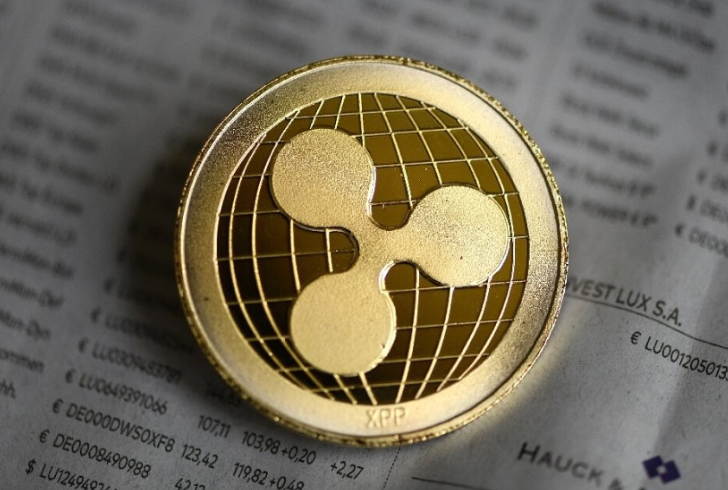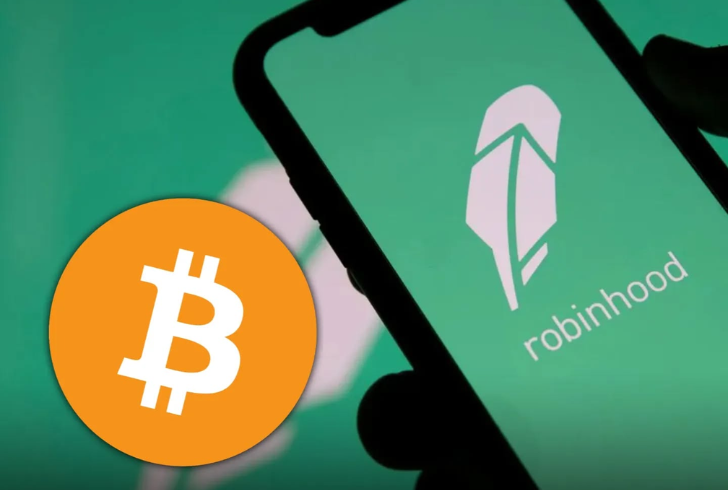Ripple’s new stablecoin, RLUSD, is launching this week, marking a significant milestone in the evolution of cross-border payments and digital assets. Backed by the U.S. dollar, RLUSD will operate on both the Ethereum blockchain and the XRP ledger.
Initially available on select global exchanges, Ripple plans to expand its reach in the coming weeks, though it will not be available on Coinbase or Robinhood for now. This move aligns with the growing adoption of stablecoins in the financial ecosystem, particularly for their role in reducing transaction costs and improving operational efficiency.
Jack McDonald, Ripple’s senior vice president of stablecoins, explained the rationale behind the launch, stating that the increasing use of stablecoins in cross-border payment flows inspired the company to create its own. Ripple’s decision reflects the market’s appetite for innovative alternatives to existing options in the stablecoin space.
A Rising Demand for Stablecoins

Stablecoins have seen remarkable growth in recent years, with dollar-backed options gaining significant traction. The total market capitalization of these assets has surged by 50% this year, with Tether (USDT) dominating 70% of the market and Circle’s USDC making up about 20%. Ripple’s new stablecoin seeks to carve out its place by offering an efficient and cost-effective alternative to these incumbents.
Industry feedback indicates that institutions are increasingly seeking options beyond the dominant players. McDonald noted that concerns over market concentration have prompted many institutions to explore alternatives, a sentiment that aligns with regulatory interests in fostering competition and diversity in the stablecoin ecosystem.
Ripple’s Stablecoin Strategy
Ripple’s approach to RLUSD reflects its commitment to enhancing global payment systems. While stablecoins are often used for trading purposes, Ripple sees them as complementary to its broader payments business.
The company has been a significant player in cross-border transactions, utilizing XRP where appropriate and supporting other stablecoins in its payment flows. RLUSD is designed to integrate seamlessly into this framework, providing additional flexibility and utility for users.
The integration of RLUSD on both the Ethereum blockchain and the XRP ledger highlights its versatility. This dual deployment not only supports interoperability but also reinforces XRP’s role as a bridge asset within Ripple’s ecosystem. McDonald emphasized that the presence of credible assets like RLUSD on the XRP ledger enhances its utility and market dynamics.
A Shift Toward Regulatory Clarity
The launch of RLUSD comes at a pivotal time for the cryptocurrency industry, with growing optimism for clearer regulations in the U.S. The legal battle between Ripple and the SEC has been a central issue in the regulatory landscape.
In a 2023 ruling, a judge determined that XRP is not a security when sold to retail investors on exchanges, offering a partial win for Ripple. This decision has fueled hopes for a more favorable environment under the incoming administration.

As the stablecoin sector becomes increasingly competitive, Ripple’s move reflects a broader trend of innovation among major players. Initiatives like the recently announced USDG from Robinhood, Kraken, and other firms underscore the sector’s potential for growth. Ripple’s entry into this space reinforces its position as a forward-thinking player in digital payments, aiming to meet the evolving needs of global financial institutions.
The Future of Digital Payments
Ripple’s new stablecoin represents more than just another entry in the growing stablecoin market—it signals a broader shift in how digital assets are integrated into mainstream financial systems. With its robust infrastructure, RLUSD is set to provide businesses and institutions with a reliable tool for streamlining payments and reducing transaction costs.
The coming weeks will reveal how Ripple’s latest innovation resonates with the market. As RLUSD rolls out on global exchanges and attracts institutional interest, it could redefine the role of stablecoins in the rapidly changing financial landscape.
